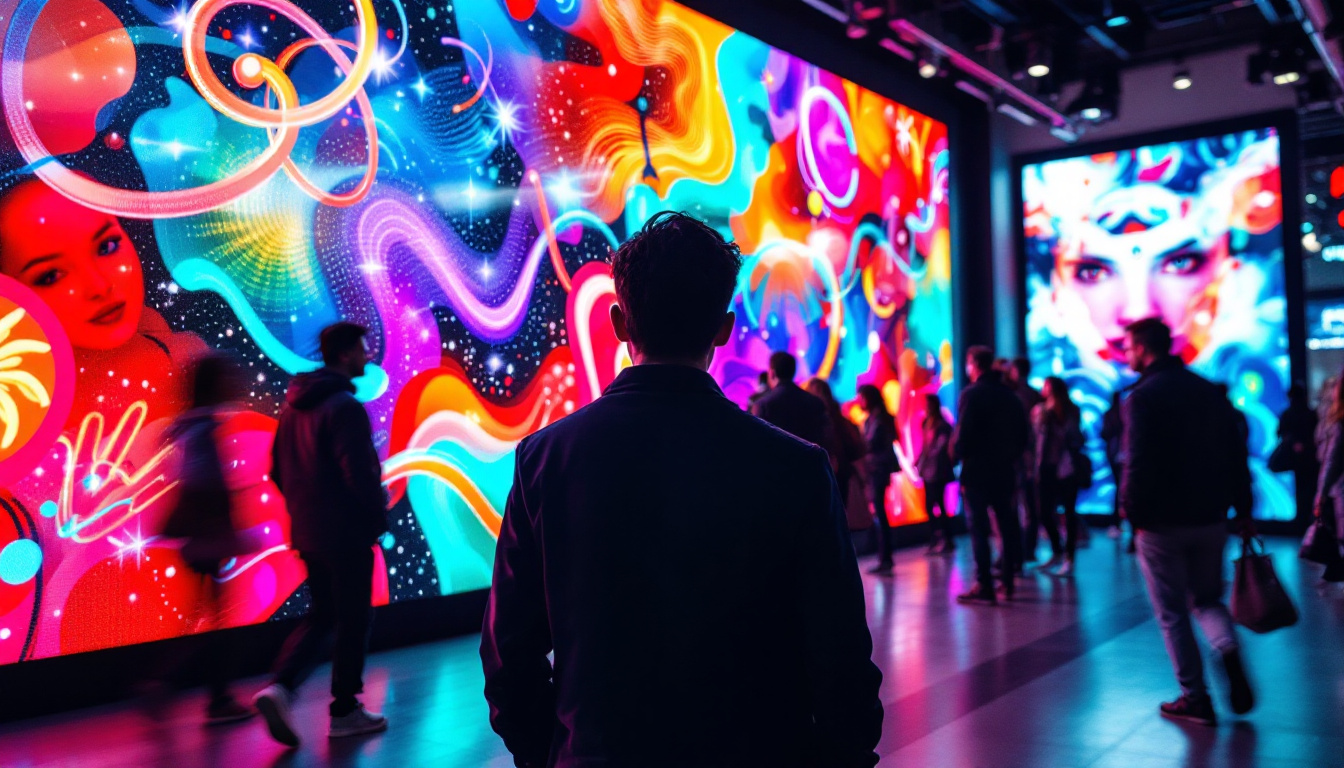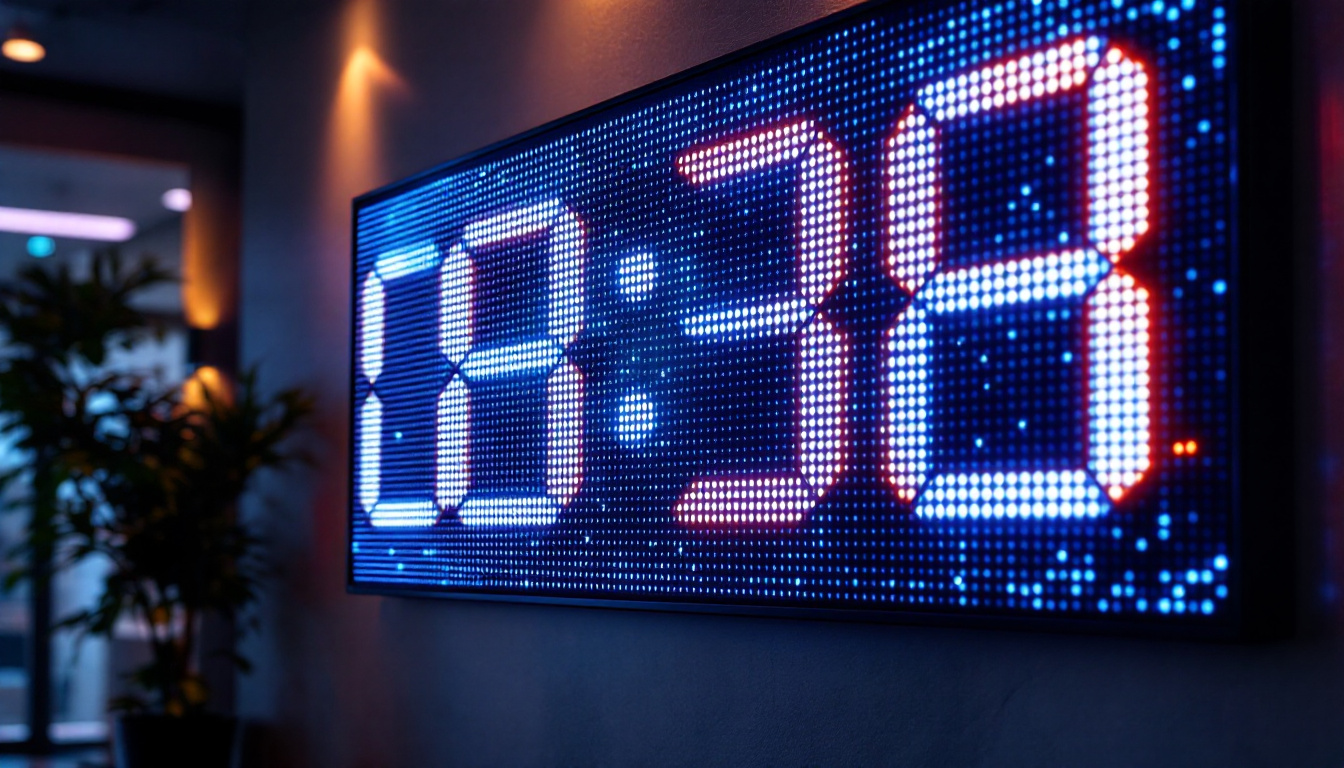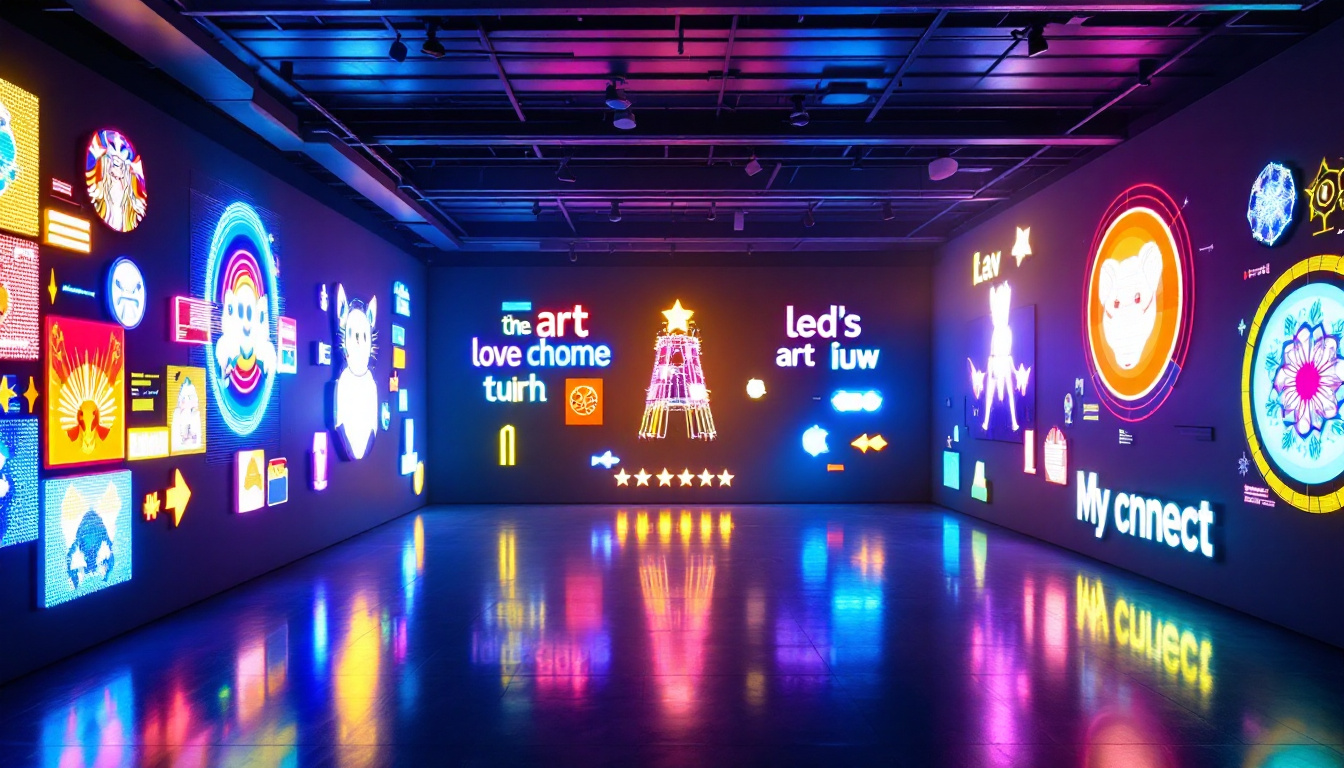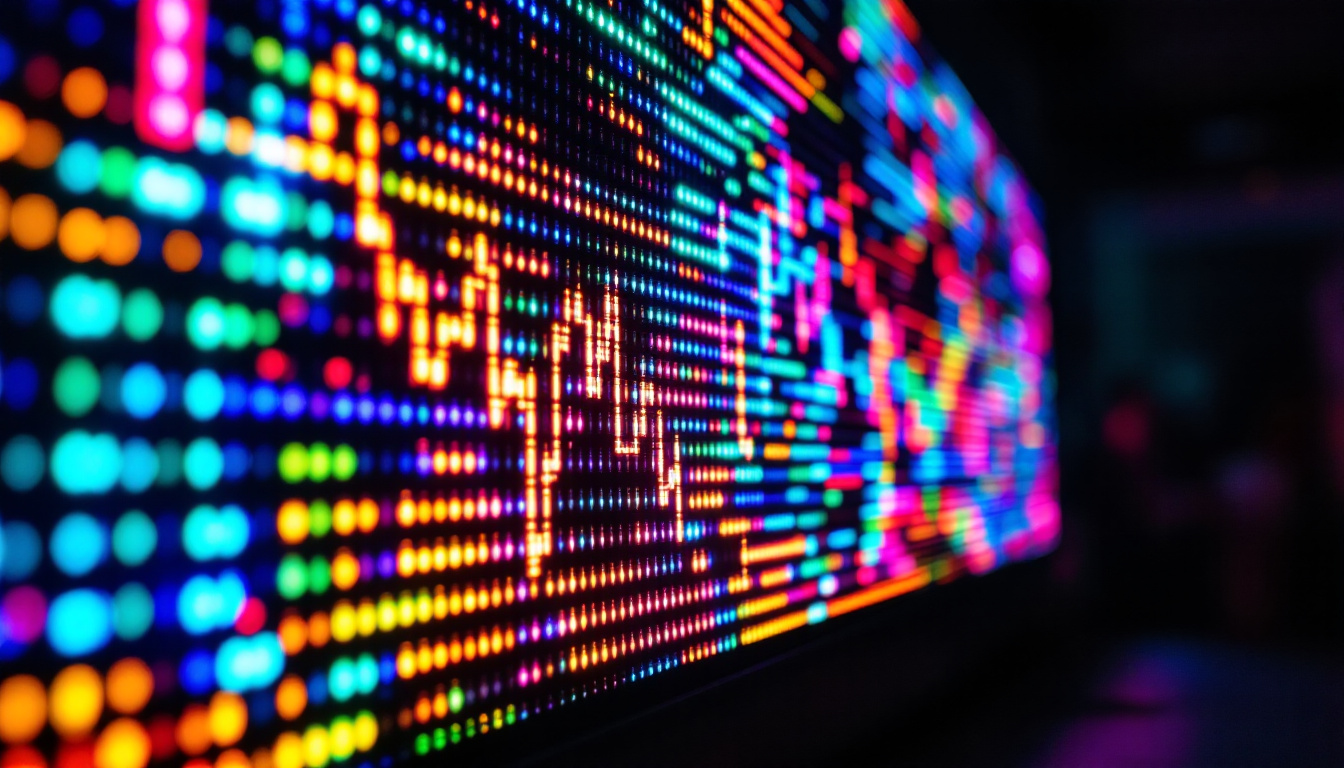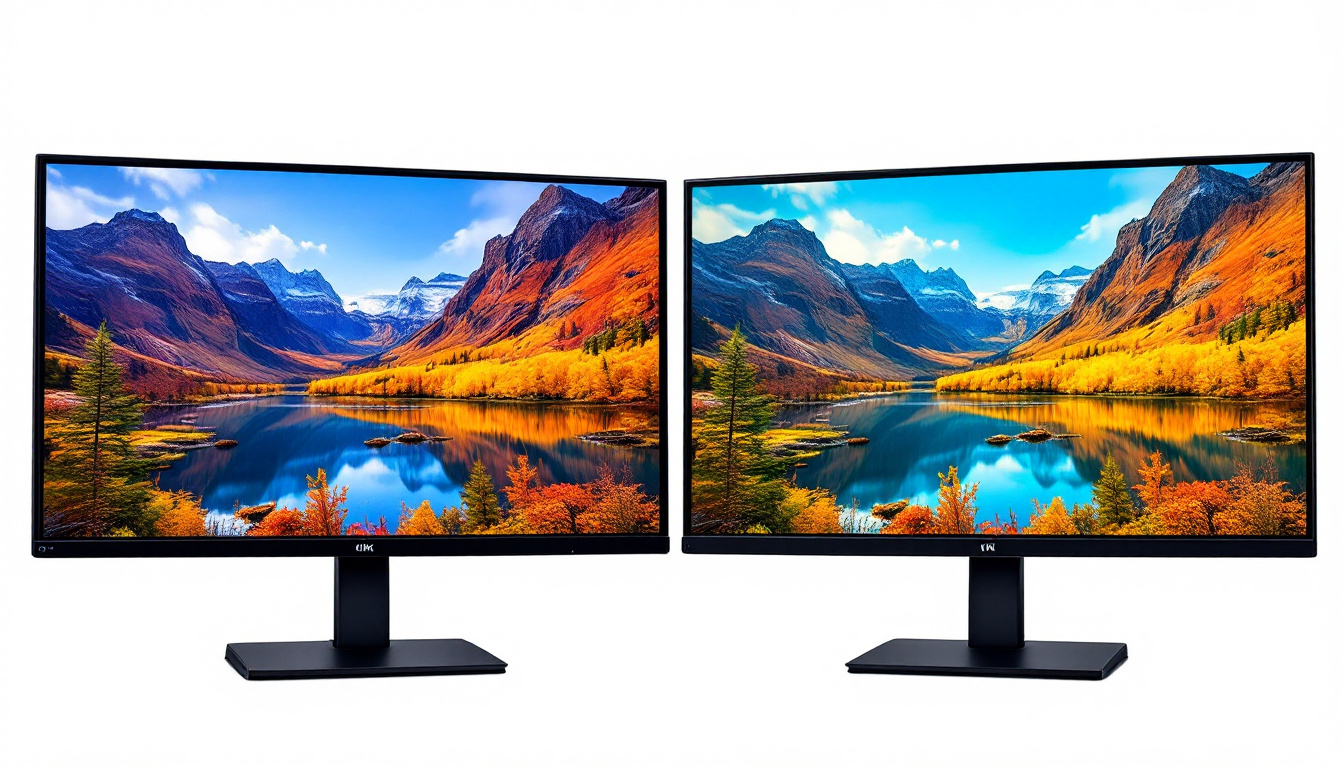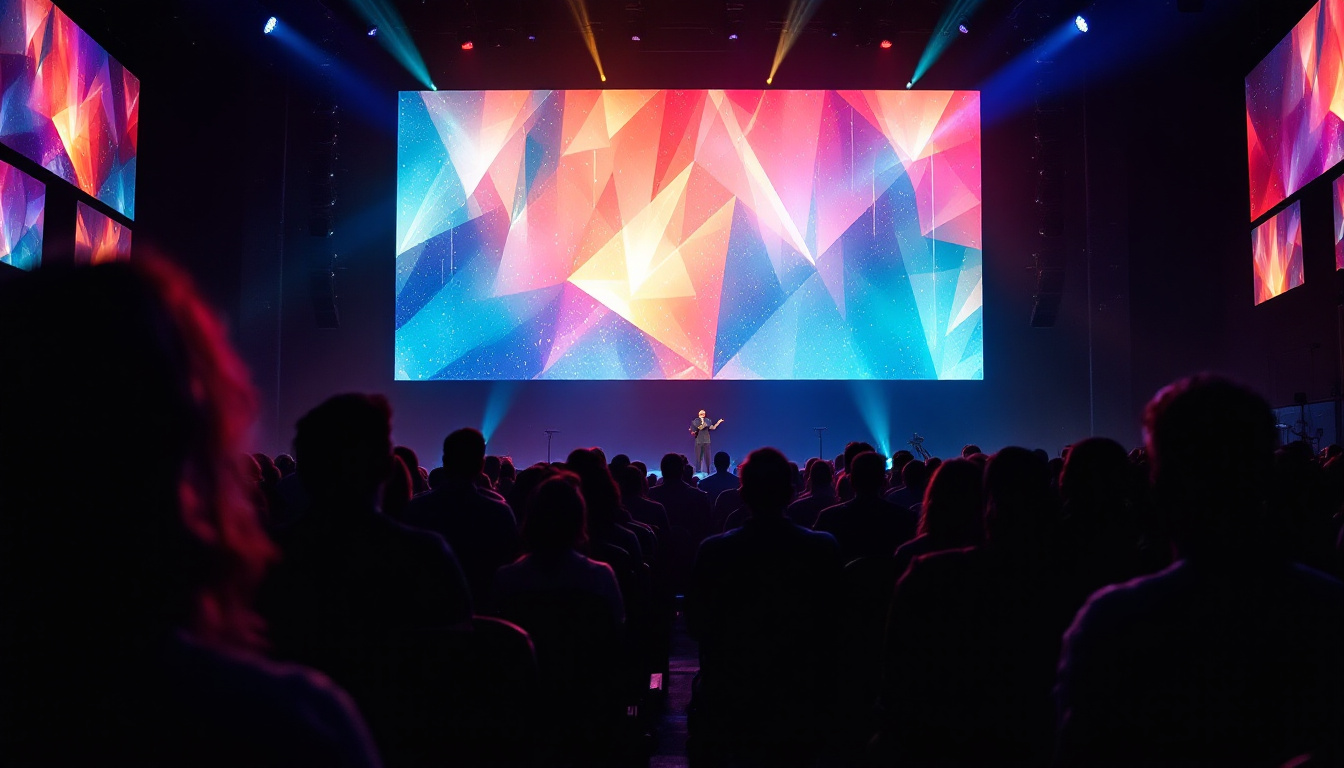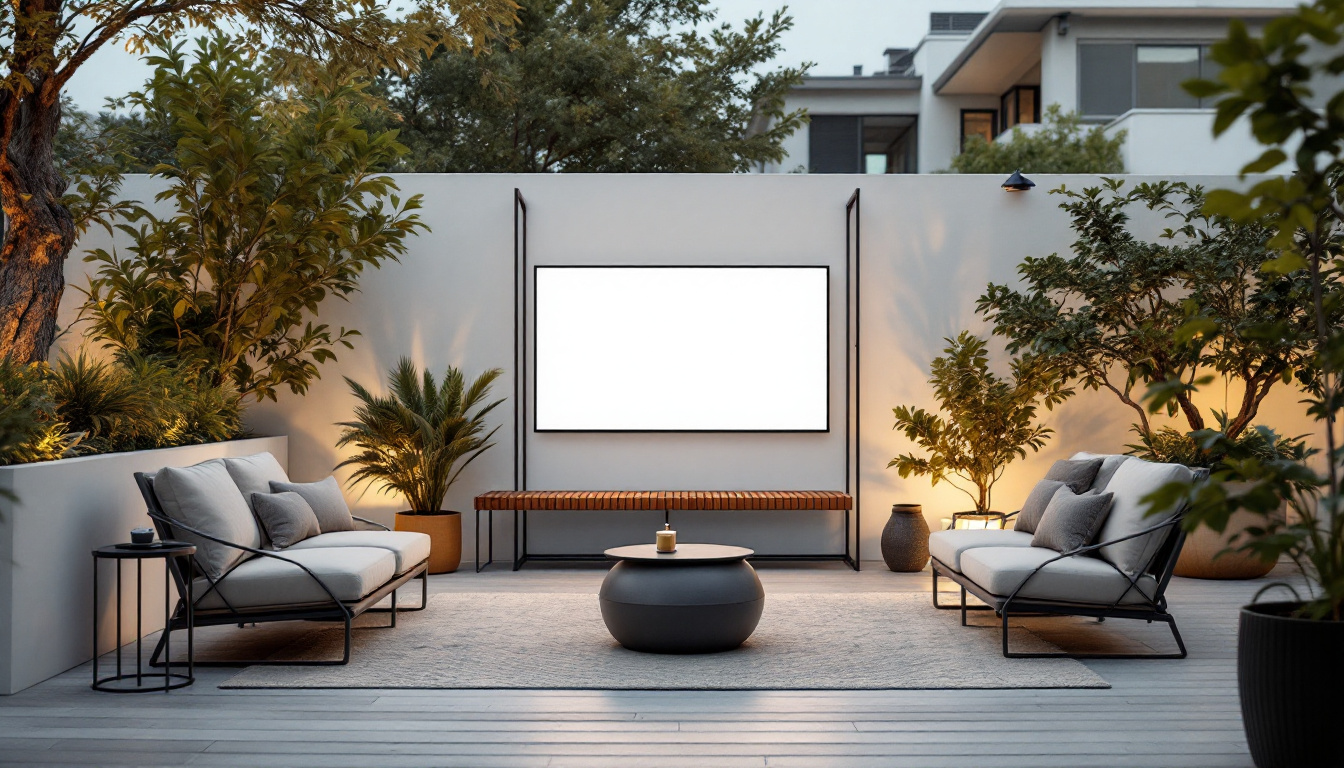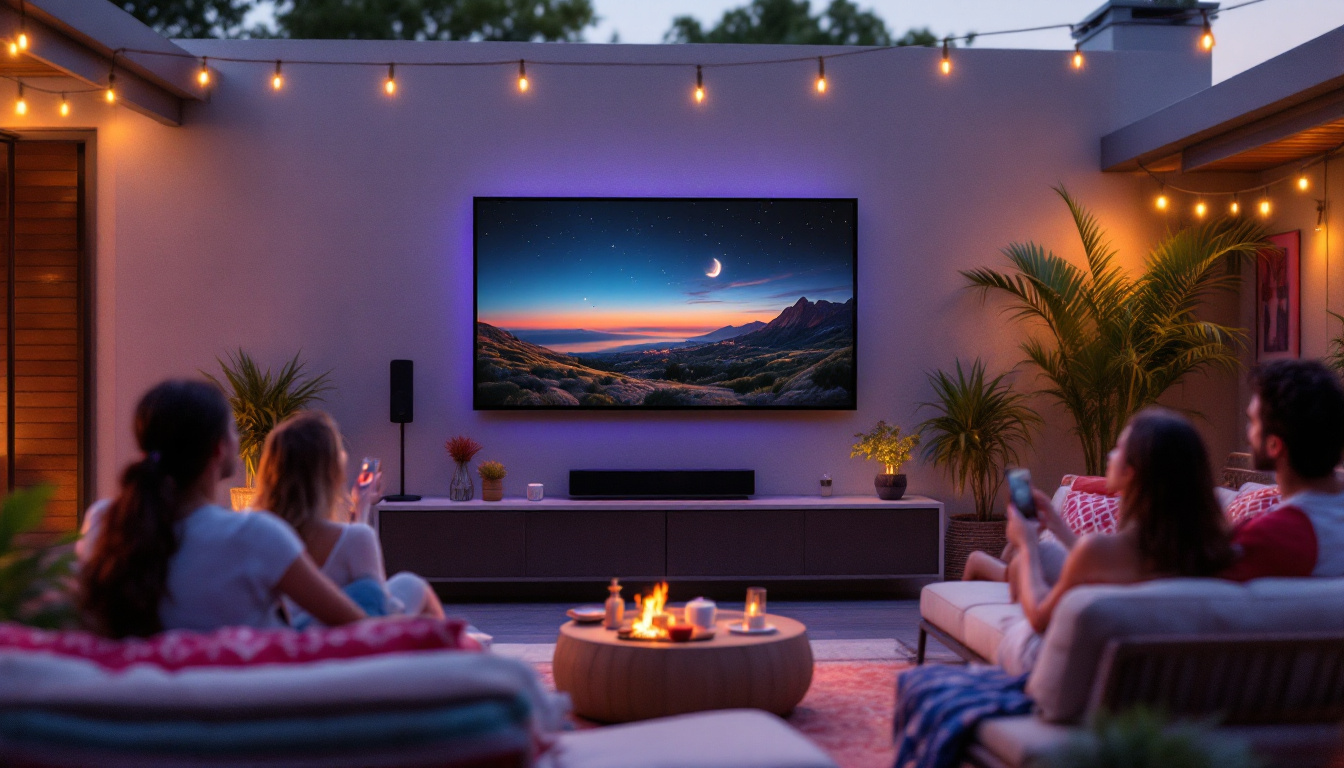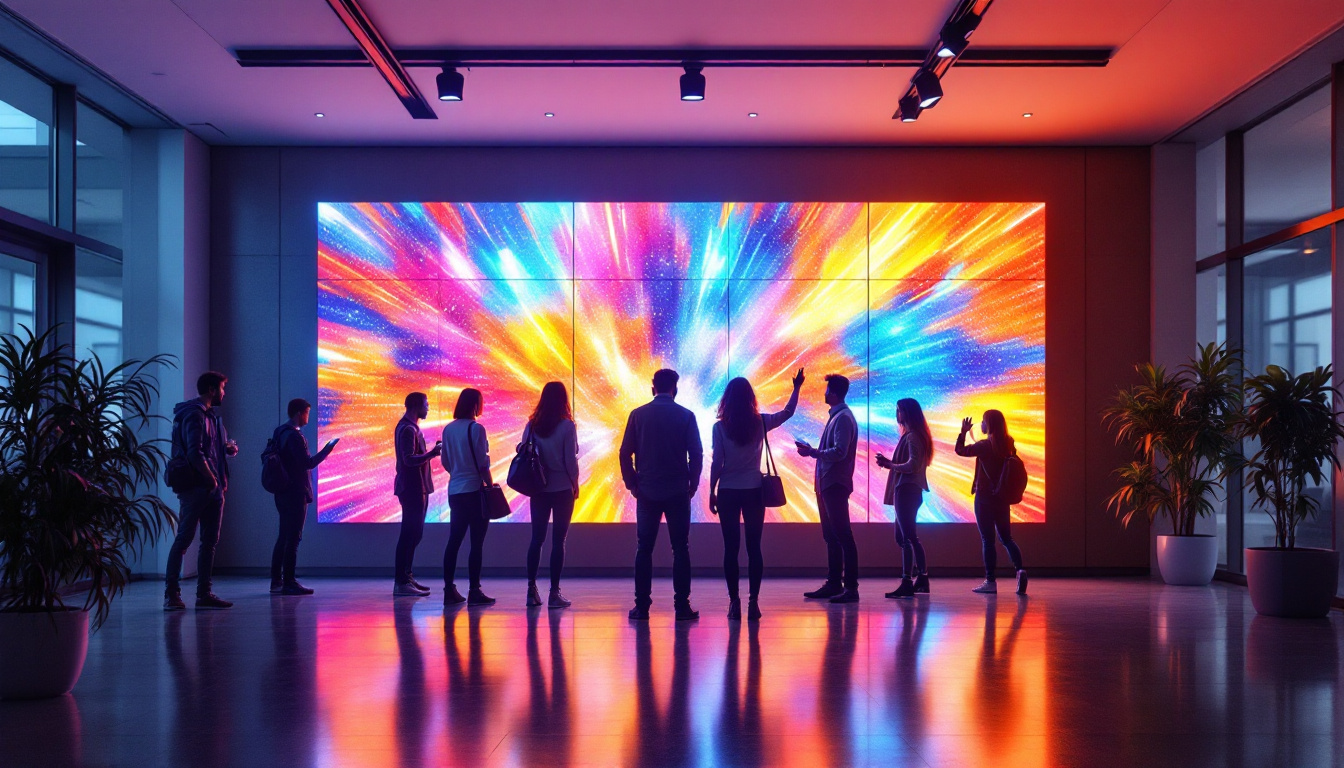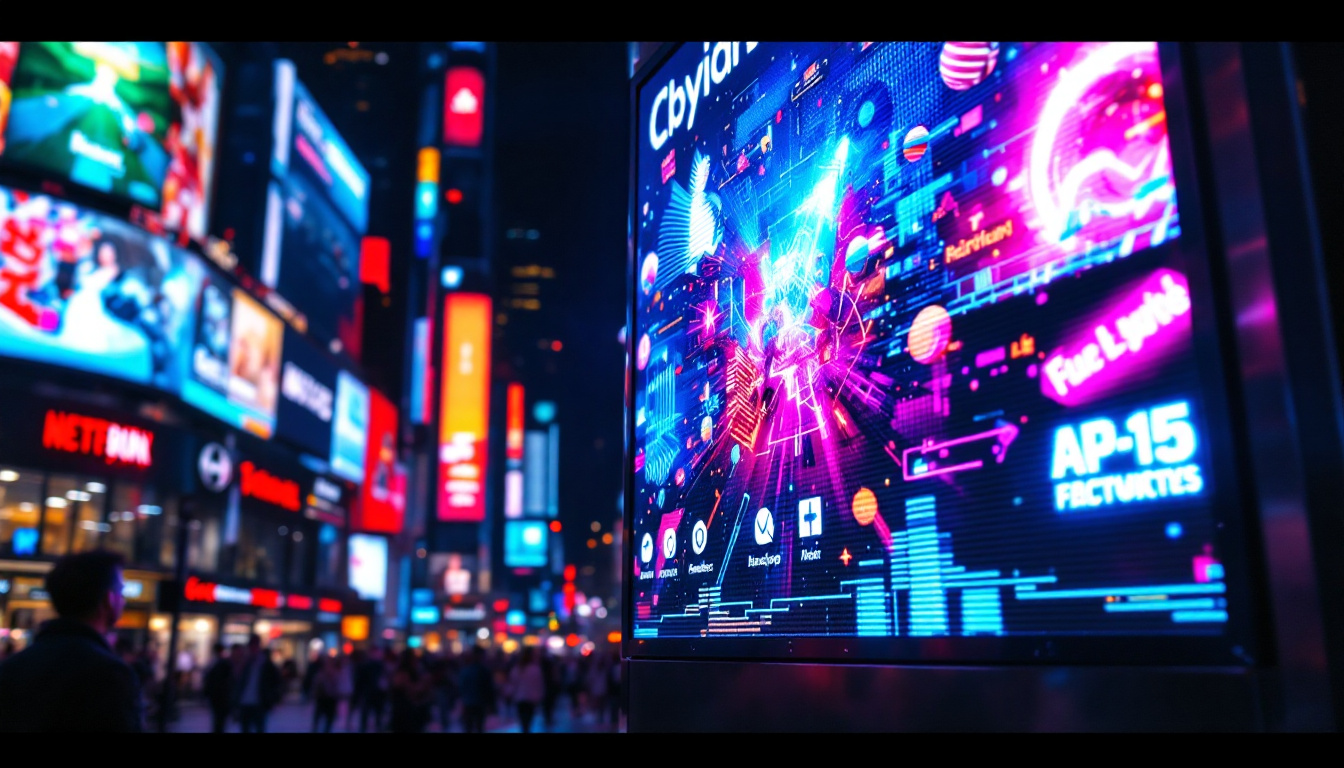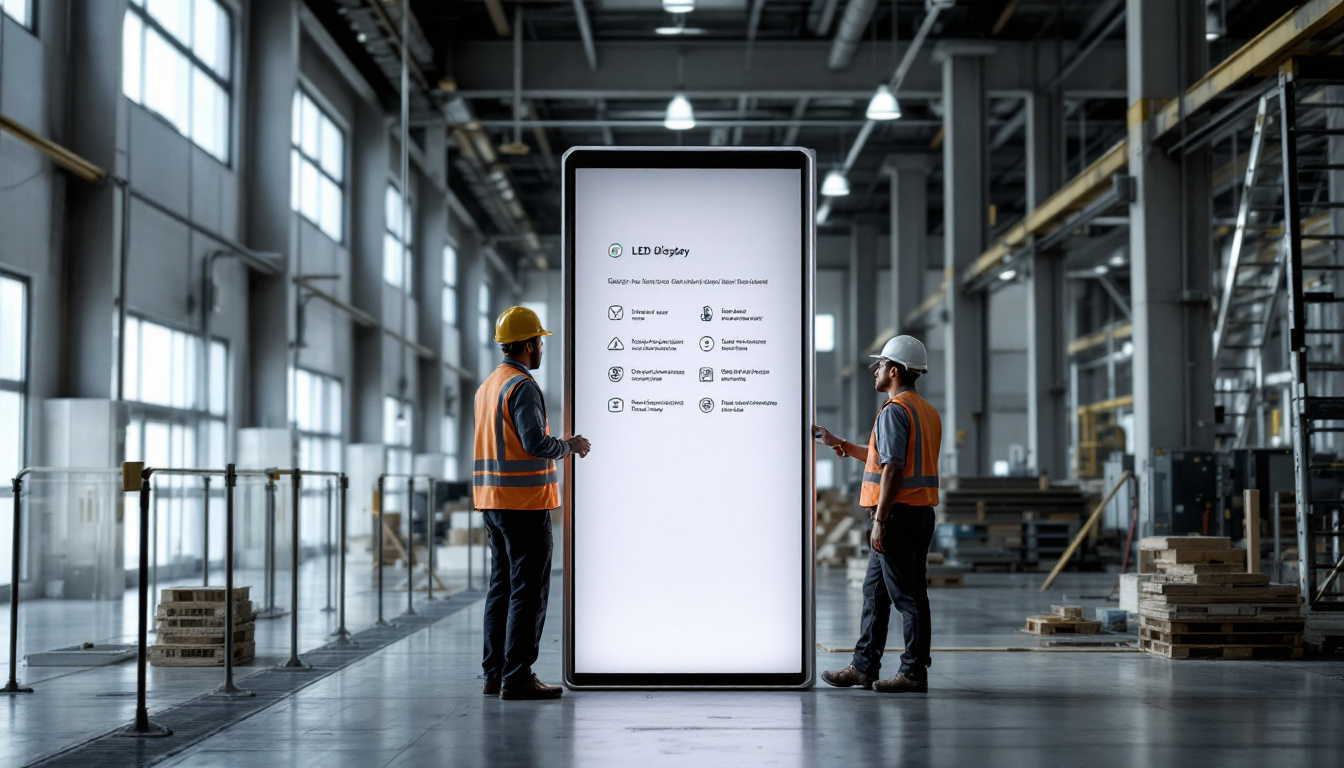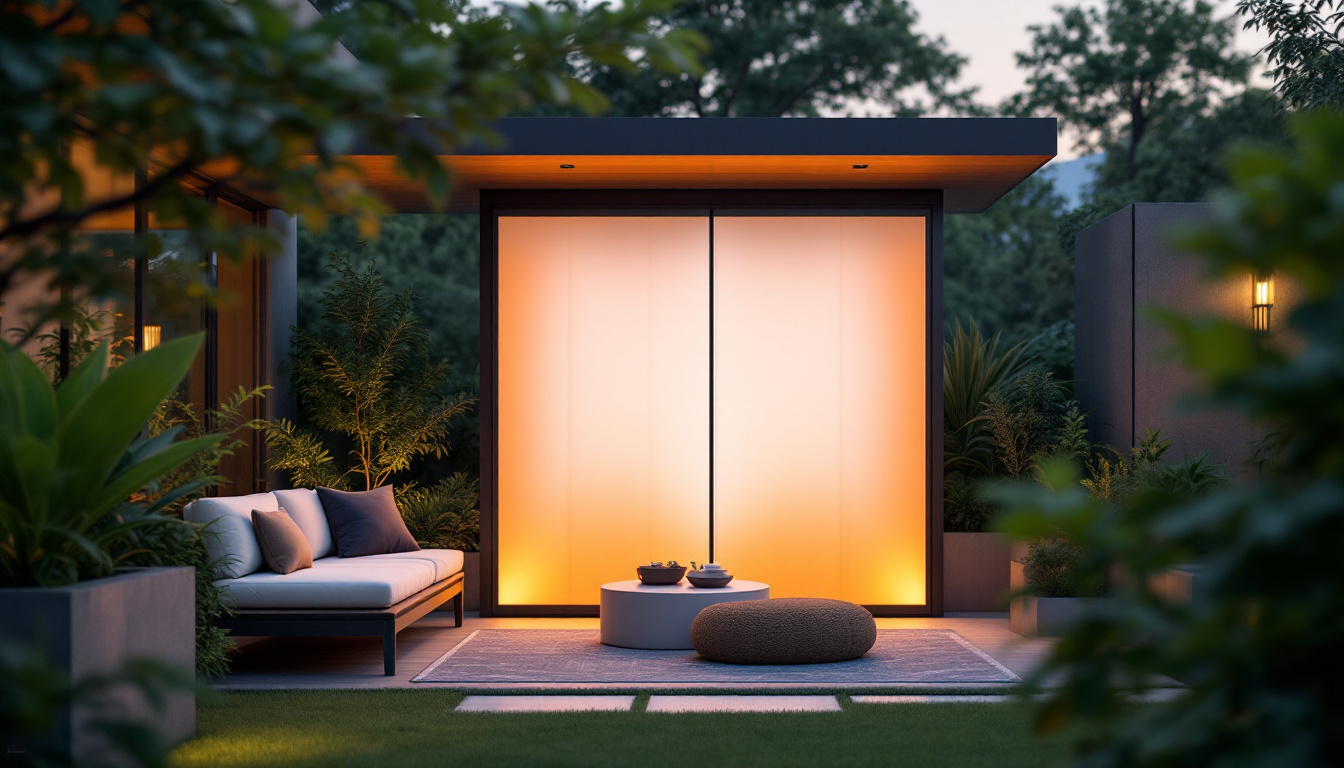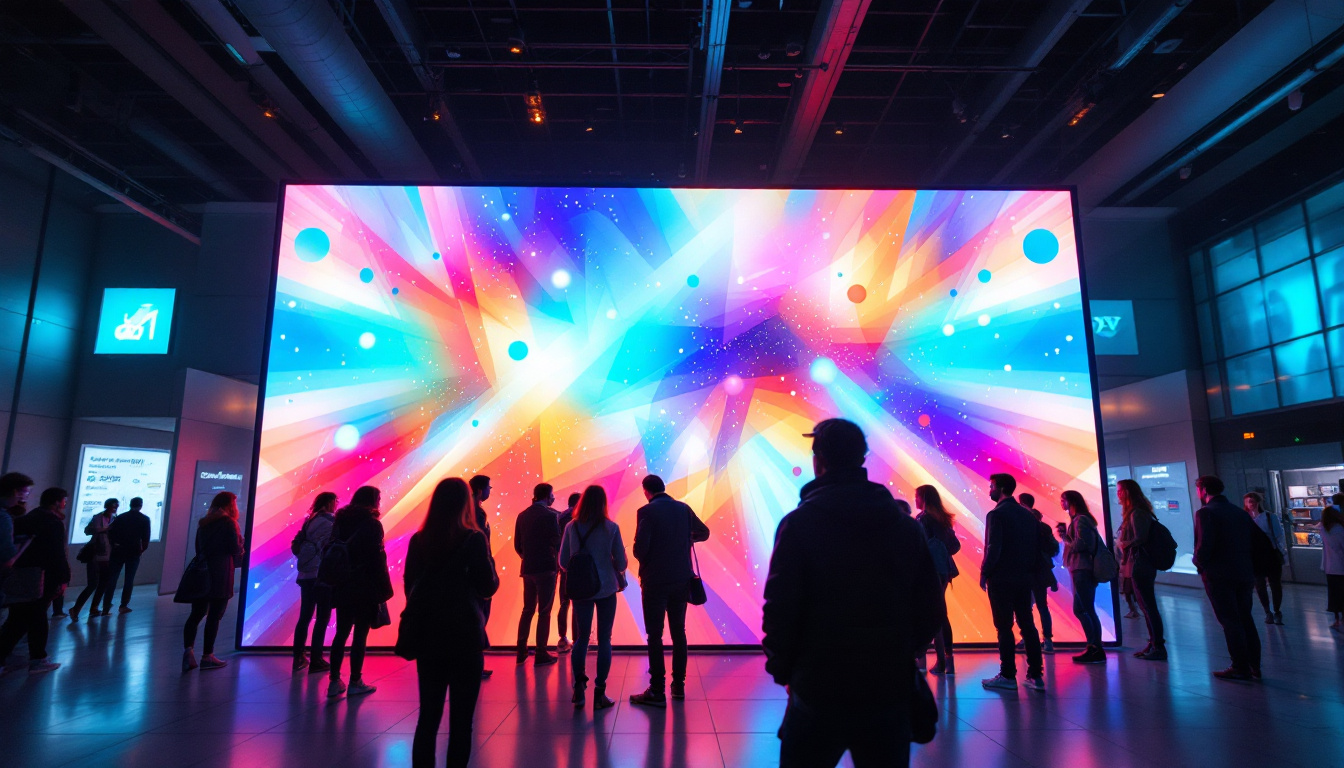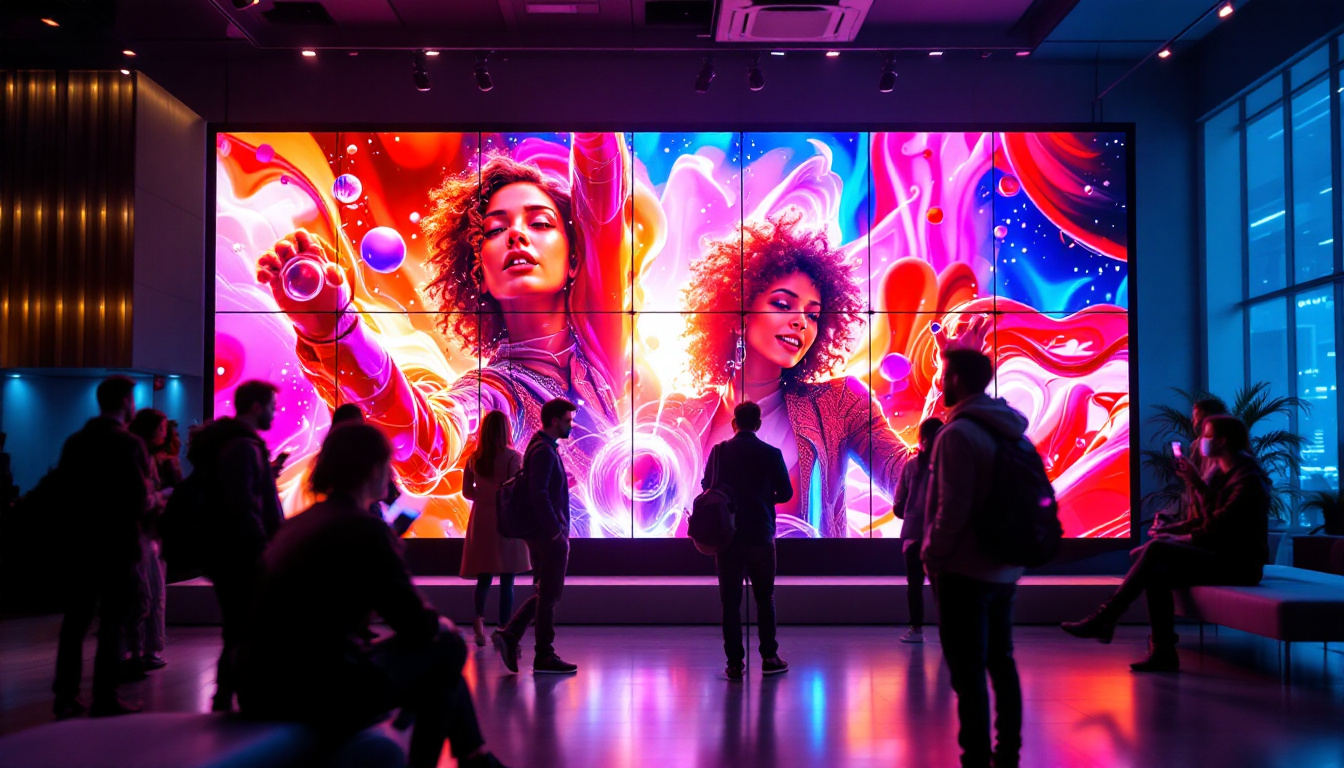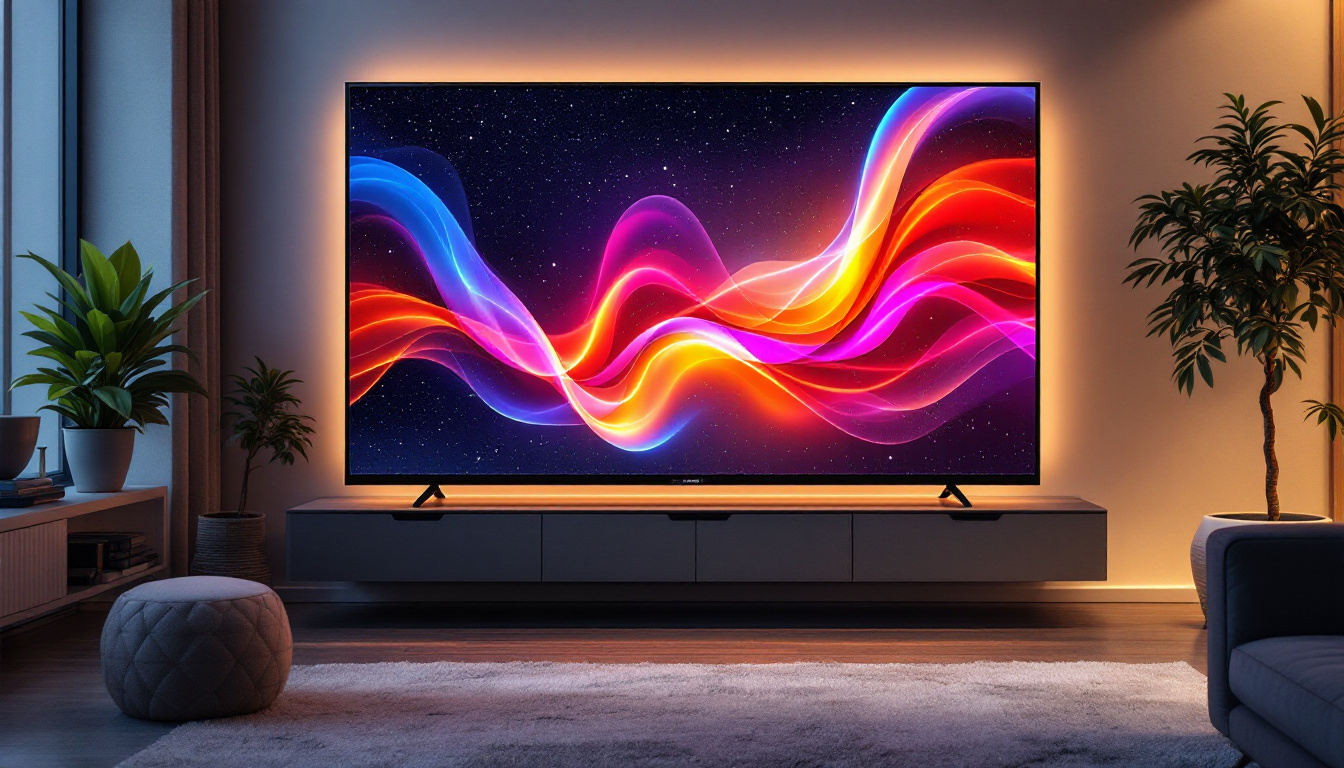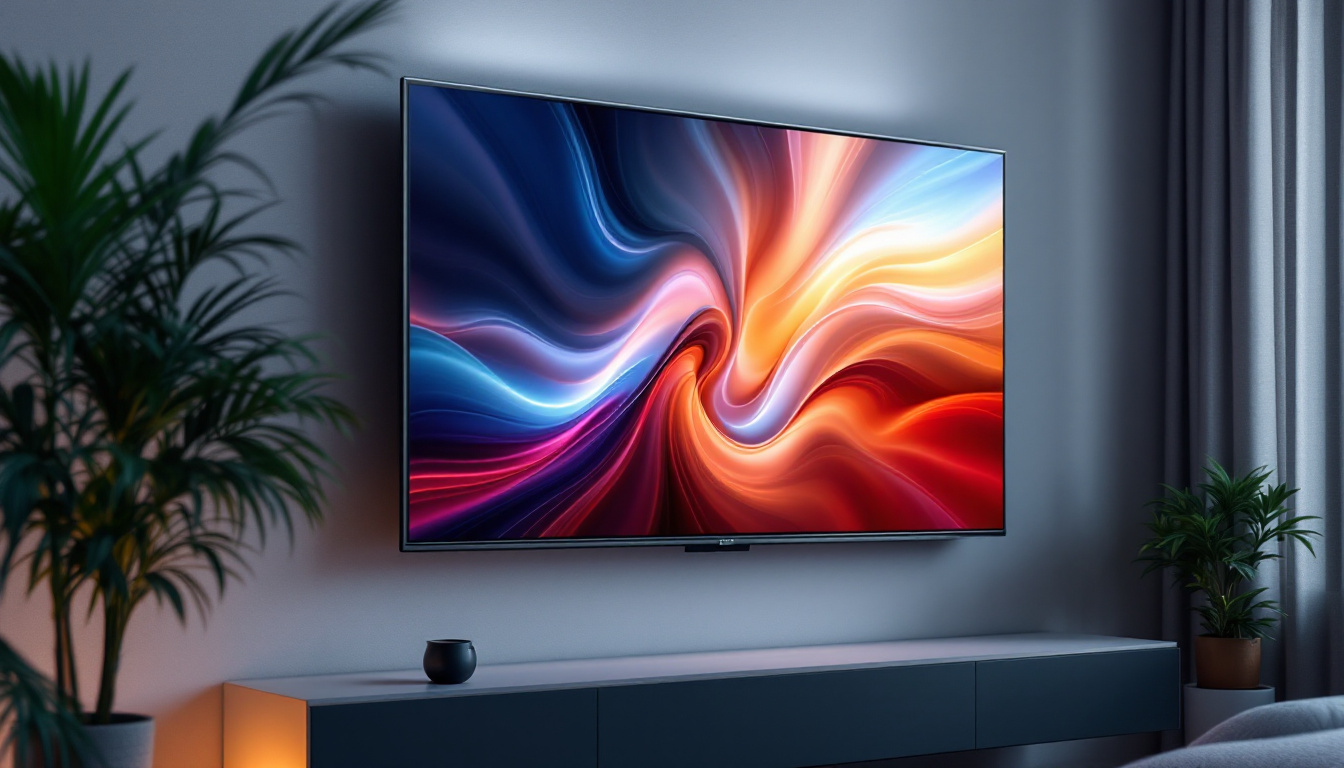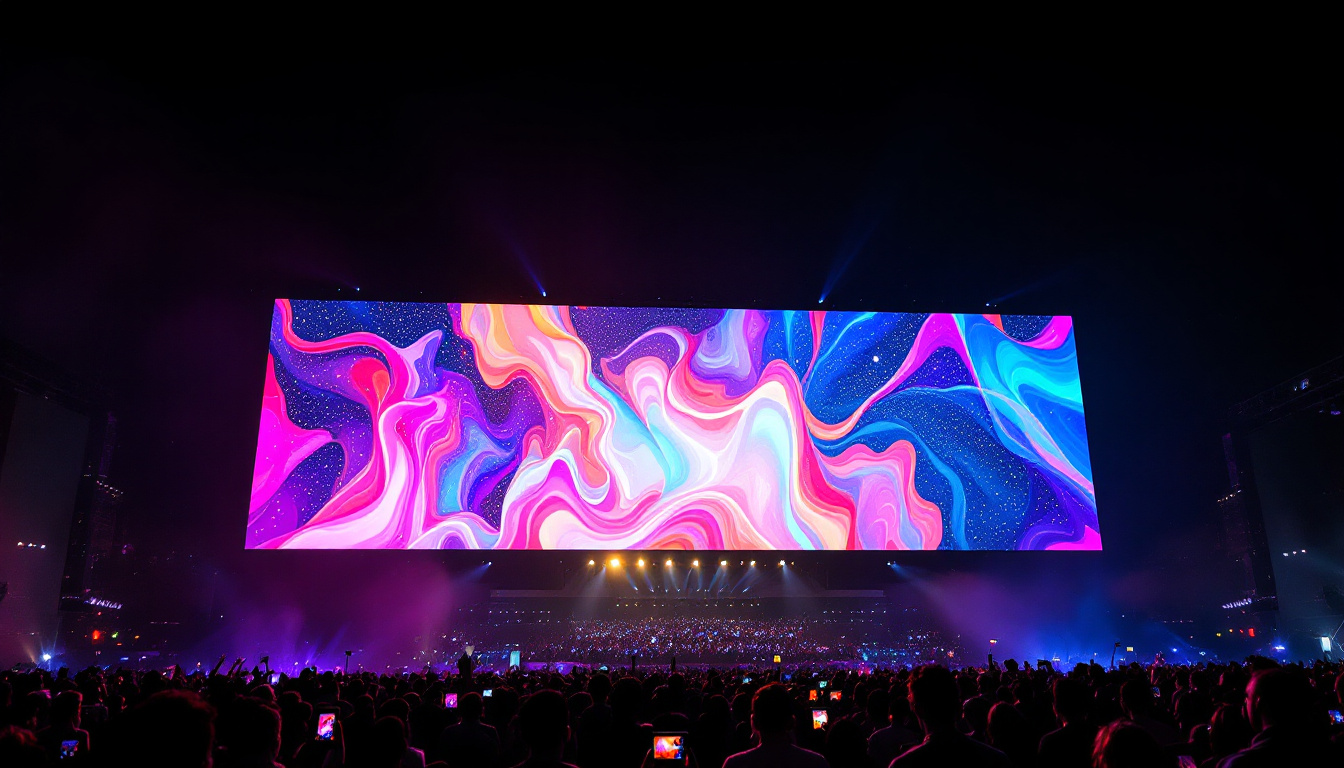Waterproof LED Lights: LED Display Explained
In recent years, waterproof LED lights have gained significant popularity across various industries and applications. From outdoor events to commercial signage, these lights offer durability and versatility that traditional lighting solutions cannot match. This article delves into the intricacies of waterproof LED lights, focusing on their construction, benefits, and applications, as well as the technology behind LED displays.
Understanding Waterproof LED Lights
Waterproof LED lights are specially designed to withstand exposure to moisture, rain, and other environmental factors. Their construction typically involves a combination of robust materials and innovative sealing techniques to ensure longevity and reliability. This section explores the key components that make these lights waterproof.
Construction and Materials
The primary materials used in waterproof LED lights include high-quality plastics, aluminum, and glass. These materials are chosen for their resistance to corrosion and ability to maintain structural integrity under various conditions. The housing of the light is often sealed with silicone gaskets or O-rings to prevent water ingress.
Additionally, the LED chips themselves are often coated with a protective layer that enhances their resilience against moisture. This coating not only protects the chips but also improves light output and efficiency. Understanding these materials is crucial for anyone looking to invest in waterproof LED lighting solutions.
IP Ratings: What Do They Mean?
When discussing waterproof LED lights, the term “IP rating” frequently arises. IP stands for “Ingress Protection,” and this rating system classifies the degree of protection provided against solid objects and liquids. The IP rating consists of two digits; the first indicates protection against solids, while the second refers to liquids.
For instance, an IP65 rating means the light is dust-tight and can withstand water jets from any direction. Understanding these ratings helps consumers make informed decisions based on their specific needs and environmental conditions.
Benefits of Waterproof LED Lights
Waterproof LED lights offer a multitude of advantages that make them an attractive option for various applications. Their durability, energy efficiency, and versatility set them apart from traditional lighting solutions. Below are some of the key benefits of using waterproof LED lights.
Durability and Longevity
One of the most significant advantages of waterproof LED lights is their durability. These lights are engineered to withstand harsh weather conditions, including rain, snow, and extreme temperatures. This resilience translates into a longer lifespan compared to conventional lighting options, which often fail when exposed to moisture.
Moreover, the robust construction of waterproof LED lights minimizes the risk of damage from impacts or vibrations, making them ideal for outdoor settings where environmental factors can be unpredictable.
Energy Efficiency
Waterproof LED lights are known for their energy efficiency. They consume significantly less power than traditional incandescent or fluorescent lights, resulting in lower energy bills and a reduced carbon footprint. This efficiency is particularly beneficial for businesses looking to cut operational costs while maintaining high-quality lighting.
Additionally, LED technology allows for better light distribution, meaning that waterproof LED lights can provide the same brightness as traditional lights while using less energy. This efficiency not only saves money but also contributes to a more sustainable environment.
Versatile Applications
The versatility of waterproof LED lights makes them suitable for a wide range of applications. From outdoor advertising and architectural lighting to landscape illumination and security lighting, these lights can be adapted to meet various needs. Their ability to function effectively in wet conditions makes them ideal for use in areas where traditional lighting would fail.
Furthermore, waterproof LED lights are increasingly used in marine applications, such as boat lighting and dock illumination, where exposure to water is constant. This adaptability ensures that they can meet the demands of diverse environments and industries.
Applications of Waterproof LED Lights
Waterproof LED lights are employed in numerous settings, each benefiting from the unique properties of these lighting solutions. Below are some prominent applications where waterproof LED lights shine.
Outdoor Events and Festivals
Outdoor events and festivals often require reliable lighting solutions that can withstand varying weather conditions. Waterproof LED lights are perfect for illuminating stages, pathways, and seating areas, ensuring that attendees can enjoy the event regardless of the weather.
These lights can be easily set up and taken down, making them a favorite among event organizers. Their energy efficiency also means that large-scale events can be lit without incurring exorbitant electricity costs.
Commercial Signage
In the realm of commercial signage, visibility is crucial. Waterproof LED lights are frequently used in illuminated signs that need to be visible in all weather conditions. Whether it’s a storefront sign or a billboard, these lights ensure that messages are clear and eye-catching.
Furthermore, the longevity of waterproof LED lights means that businesses can invest in signage that will last for years, reducing the need for frequent replacements and maintenance.
Marine and Aquatic Applications
Marine environments pose unique challenges for lighting solutions, making waterproof LED lights an essential choice for boats, docks, and underwater applications. These lights are designed to function effectively in saltwater and freshwater conditions, providing safety and visibility for both recreational and commercial vessels.
Underwater LED lights are particularly popular for enhancing the aesthetic appeal of aquariums and pools, creating stunning visual effects while ensuring safety for swimmers and marine life.
The Technology Behind LED Displays
LED displays have revolutionized the way visual information is presented, offering vibrant colors and high-resolution images. Understanding the technology behind LED displays is essential for appreciating their effectiveness and versatility. This section explores the components and workings of LED displays.
Components of LED Displays
LED displays consist of several key components, including LED modules, power supplies, and control systems. The LED modules are made up of individual LED chips that emit light when an electric current passes through them. These modules are arranged in a grid, allowing for the creation of images and videos.
The power supply is crucial for providing the necessary voltage and current to the LED modules, ensuring consistent performance. Control systems manage the input signals that dictate what is displayed on the screen, allowing for dynamic content changes.
Types of LED Displays
There are various types of LED displays, each suited for different applications. Indoor LED displays are typically designed for close viewing distances and offer high resolution, making them ideal for events, presentations, and retail environments. Outdoor LED displays, on the other hand, are built to withstand weather conditions and are often used for advertising and large-scale events.
Additionally, transparent LED displays are emerging as a popular choice for retail and architectural applications, allowing for creative installations that do not obstruct visibility.
Benefits of LED Displays
LED displays offer numerous benefits, including high brightness, low power consumption, and long lifespan. The ability to produce vibrant colors and high contrast ratios makes them ideal for capturing attention in crowded environments.
Moreover, LED displays can be easily customized to fit various sizes and shapes, allowing for creative installations that enhance brand visibility. Their energy efficiency contributes to lower operational costs, making them a sustainable choice for businesses.
Choosing the Right Waterproof LED Lights
When selecting waterproof LED lights, several factors should be considered to ensure the right fit for specific applications. Understanding the environment, purpose, and desired features can guide consumers in making informed decisions.
Assessing Environmental Conditions
The first step in choosing waterproof LED lights is assessing the environmental conditions in which they will be used. Factors such as exposure to moisture, temperature fluctuations, and potential impacts should be taken into account. For instance, lights used in marine environments require higher IP ratings compared to those used in residential outdoor settings.
Additionally, understanding the specific requirements of the application, such as brightness levels and color temperature, can help narrow down the options available in the market.
Evaluating Quality and Certifications
Quality is paramount when selecting waterproof LED lights. Consumers should look for products that come with certifications such as CE, RoHS, and UL, which indicate compliance with safety and environmental standards. These certifications provide assurance that the lights are built to last and meet performance expectations.
Reading reviews and seeking recommendations can also help identify reputable brands that deliver high-quality waterproof LED lighting solutions.
Budget Considerations
Budget is often a key factor in decision-making. While waterproof LED lights may have a higher upfront cost compared to traditional lighting options, their longevity and energy efficiency can lead to significant savings over time. It is essential to consider the total cost of ownership, including maintenance and energy consumption, when evaluating budget constraints.
Investing in quality waterproof LED lights can yield long-term benefits, making them a wise choice for both residential and commercial applications.
Conclusion
Waterproof LED lights represent a significant advancement in lighting technology, offering durability, energy efficiency, and versatility for a wide range of applications. Understanding their construction, benefits, and the technology behind LED displays is essential for making informed decisions in lighting solutions.
As industries continue to evolve and demand innovative solutions, waterproof LED lights will undoubtedly play a crucial role in shaping the future of lighting. Whether for outdoor events, commercial signage, or marine applications, these lights provide reliable performance that meets the needs of modern consumers.
In summary, waterproof LED lights are not just a trend; they are a practical and efficient lighting solution that enhances visibility and safety across various environments. Embracing this technology can lead to improved outcomes and a more sustainable approach to lighting.
Illuminate Your Space with LumenMatrix
Ready to elevate your lighting and visual experience? LumenMatrix is at the forefront of LED display technology, offering a vast array of innovative solutions tailored to your needs. From captivating Indoor LED Walls to dynamic Outdoor LED Displays, and from versatile Vehicle LED Displays to engaging LED Sports Displays, we have the state-of-the-art modules to bring your vision to life. Embrace the future of visual communication with our cutting-edge digital signage and LED displays. Check out LumenMatrix LED Display Solutions today and transform your space with unparalleled clarity and impact.






